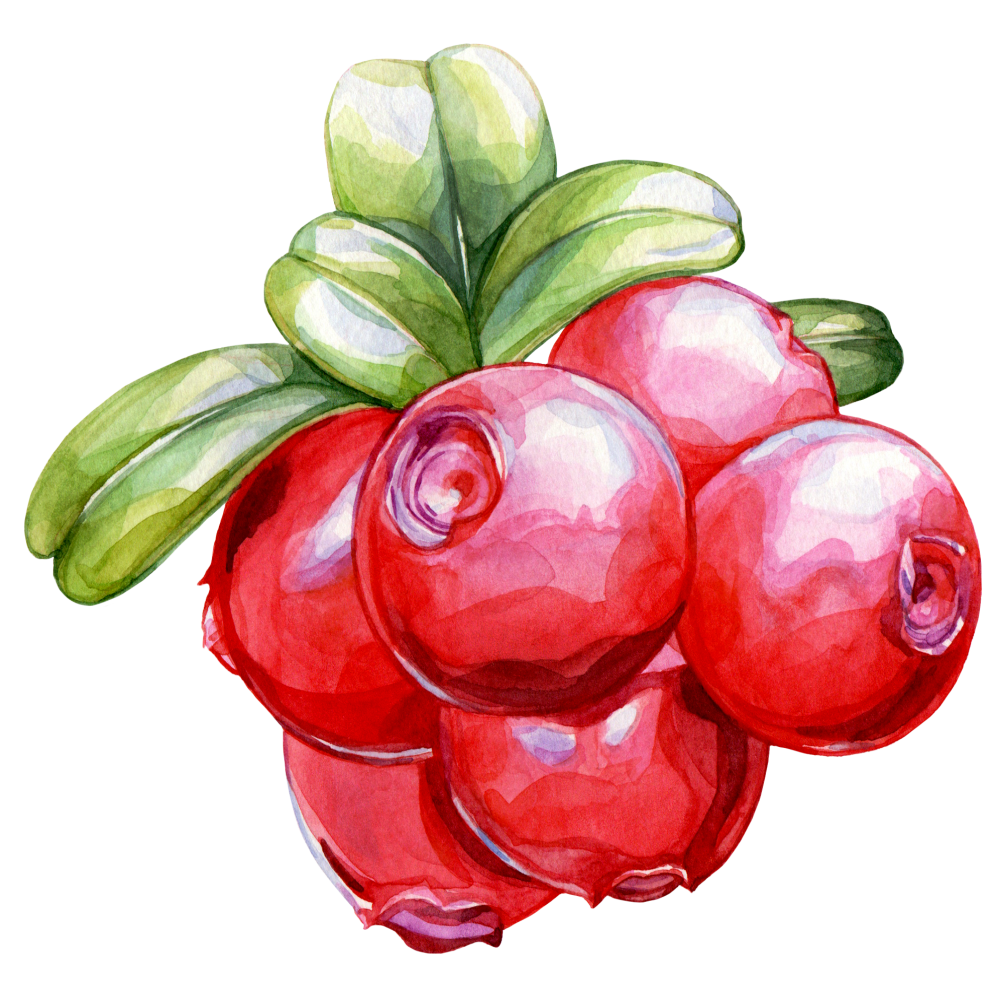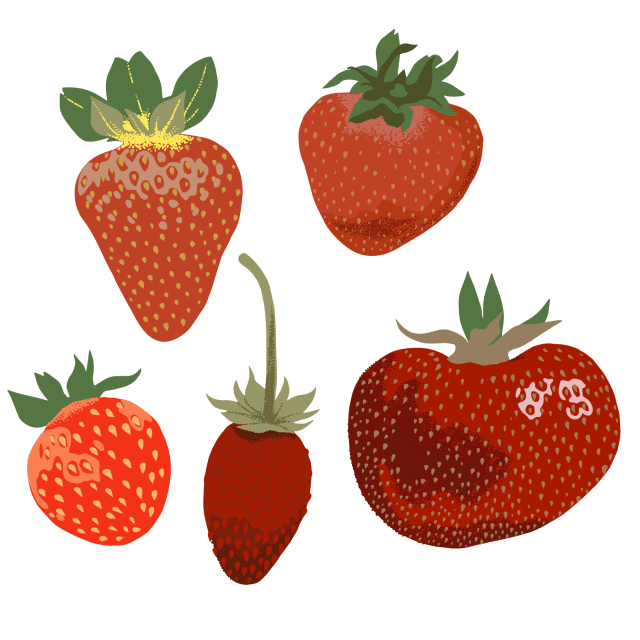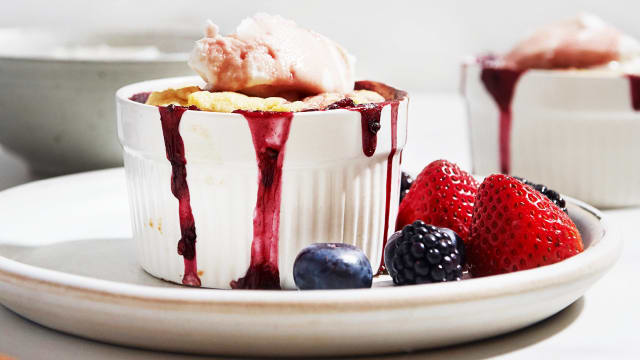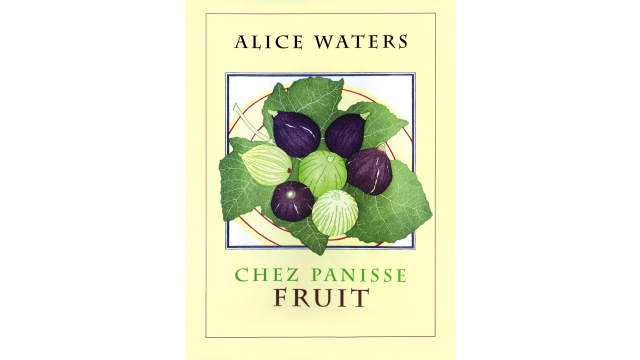Cranberry

Latin name: Vaccinium oxycoccos (syn. Oxycoccos palustris) and V. microcarpum (syn. O. microcarpus)
Uses: fruit (fresh, frozen, dried, canned), juice
What are cranberries?
Cranberries are bright red fruit that grow on low bushes in the heather family. They’re closely related to lingonberries and can be used interchangeably with them. The jellied cylinder of canned cranberry sauce might be a necessity at many a holiday table, but head to the produce section for fresh cranberries. They’re easy to work with and the flavor is unbeatable.
Why are cranberries healthy?
Cranberries’ bright color and intense flavor hint at their nutritional potency. Besides boasting an array of vitamins, minerals, and fiber, they are rich in phytonutrients that may offer protection from tooth cavities, urinary tract infections, and inflammatory diseases.
What do cranberries taste like?
Cranberries are super astringent, tart, and spongy when raw. The pleasant sourness remains after cooking (and when the berries are juiced) and their high pectin content allows them to gel easily when simmered. Cranberries are typically heavily sweetened for drying.
How do I use cranberries?
If you find fresh cranberries in markets, they’ll stay fresh in the fridge for about two months or freeze them on a rimmed sheet pan (rinse and dry first) and then store in a zip-top bag. Cranberry sauce is traditionally paired with roasted poultry or game meats, but at the end of the day it’s just a jam that you can spread on pancakes and toast. You can use the juice in cocktails — it’s classically paired with vodka and orange liqueur or with apple cider and cinnamon for holiday cocktails. You can also reduce unsweetened cranberry juice down until it’s thick, to use as an alternative to pomegranate molasses.
What do cranberries pair well with?
Cranberries are natural matches for citrus (especially oranges and lemon zest) and anything that evokes a crisp autumn day: maple syrup, ginger and warm spices, winter squash, sweet potatoes, apples, and quinces. Add dried cranberries to any holiday bake — especially pumpkin bread or applesauce spice cakes — or warm cereal.
Where do cranberries grow?
Cranberries are native to boggy, acidic soils of temperate regions of the Northern Hemisphere; there are wild species throughout the northern reaches of Asia, Europe, the British Isles, and North America. Cranberries are mostly commercially grown in American and Canadian wetlands that can be artificially flooded for harvest: The berries are knocked off their vines and float to the surface for easy gathering.
How to buy cranberries:
Look for dark crimson-red berries, without any brown spots, that feel firm enough to bounce.
Surprising cranberry fact:
Before federal child labor laws, many cranberry farmers employed children for the harvest. In 1910, children — some as young as three years of age — comprised up to half of the labor force in some cranberry bogs in the Northeastern US. After decades of photo evidence, in 1938 laws took effect to restrict the age of child laborers, the hours in a shift, and to prohibit work during the school day.




